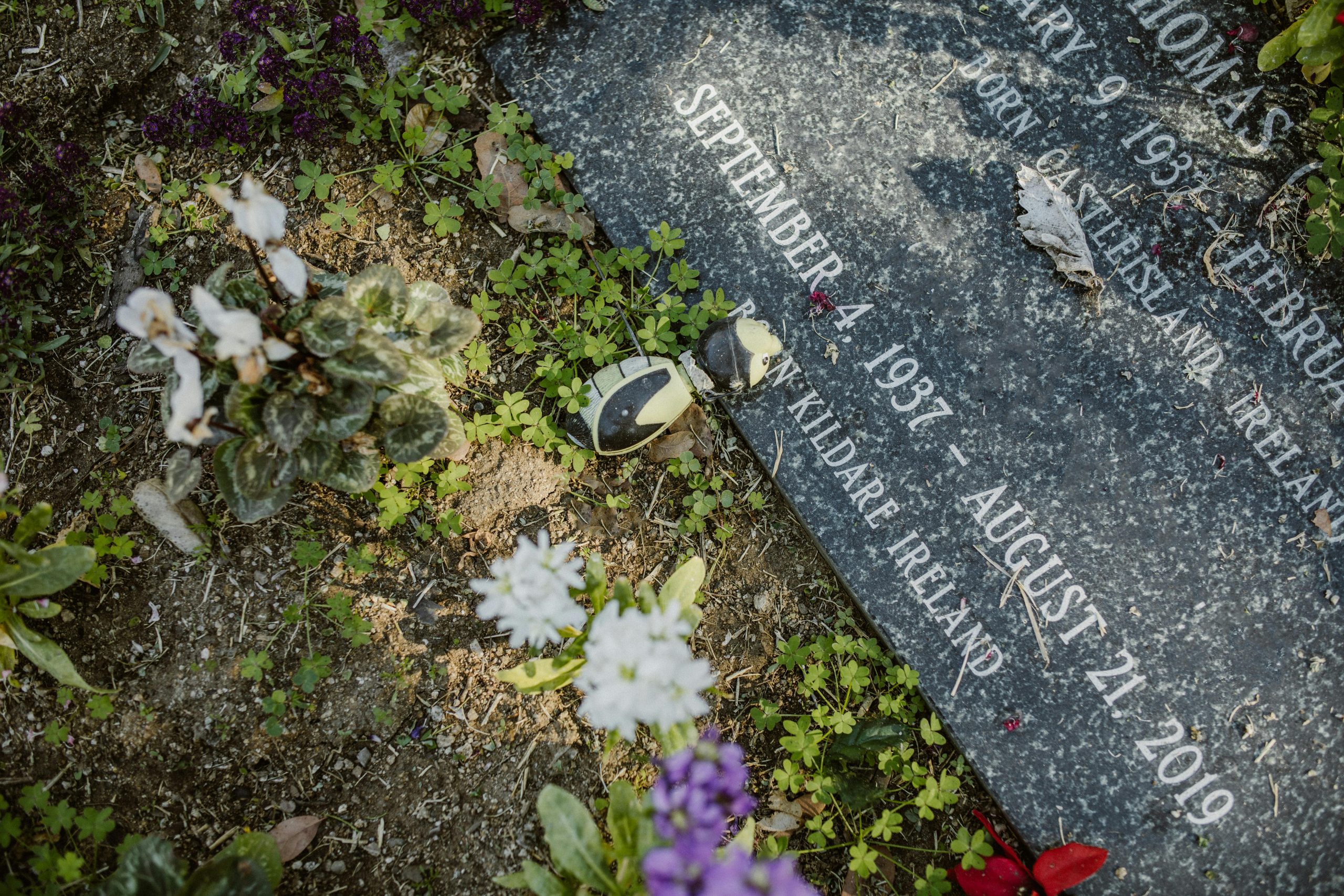Reflecting on Challenging Legacy Codebases: Lessons from the Past
Navigating legacy code can be a daunting challenge for developers, often filled with frustrating obstacles that test patience and skill. One particularly memorable example hails from a project dating back to 2010, characterized by a tangled web of outdated practices and structural issues.
This legacy codebase was built using jQuery, a popular JavaScript library of that era, but it had become a convoluted mess over time. It suffered from numerous race conditions, making the application’s behavior unpredictable and difficult to debug. Compounding the problem was the complete absence of proper documentation, leaving developers to decipher the code through guesswork and reverse-engineering.
Styling was handled via inline CSS, which cluttered the HTML and made style management cumbersome. The entire code was contained within a single file, a “kitchen sink” approach that hindered maintainability and scalability. Function names like doStuff() exemplified the lack of descriptive naming conventions, further obscuring the code’s intent.
Engaging with such a legacy system often evokes a sense of frustration and helplessness, prompting some to humorously consider abandoning coding altogether—perhaps even joking about becoming a farmer instead. However, these challenging experiences serve as valuable lessons in the importance of clean architecture, proper documentation, and modern development practices.
While legacy codebases can seem overwhelming, they also present an opportunity to learn and improve upon past mistakes, ensuring that future projects are more maintainable, scalable, and robust. Embracing these challenges can ultimately lead to better coding habits and a deeper understanding of software development best practices.

